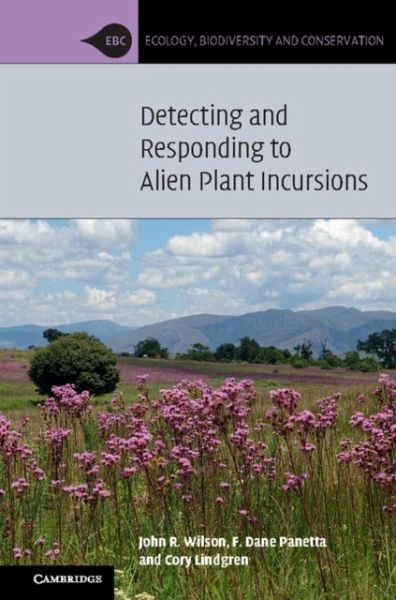
Detecting and Responding to Alien Plant Incursions
Versandkostenfrei!
Versandfertig in über 4 Wochen
61,99 €
inkl. MwSt.

PAYBACK Punkte
31 °P sammeln!
Summarising the key concepts and requirements involved in successfully detecting and responding to alien plants, this is a valuable resource for land managers, policymakers, weed risk analysts, students and ecologists.












